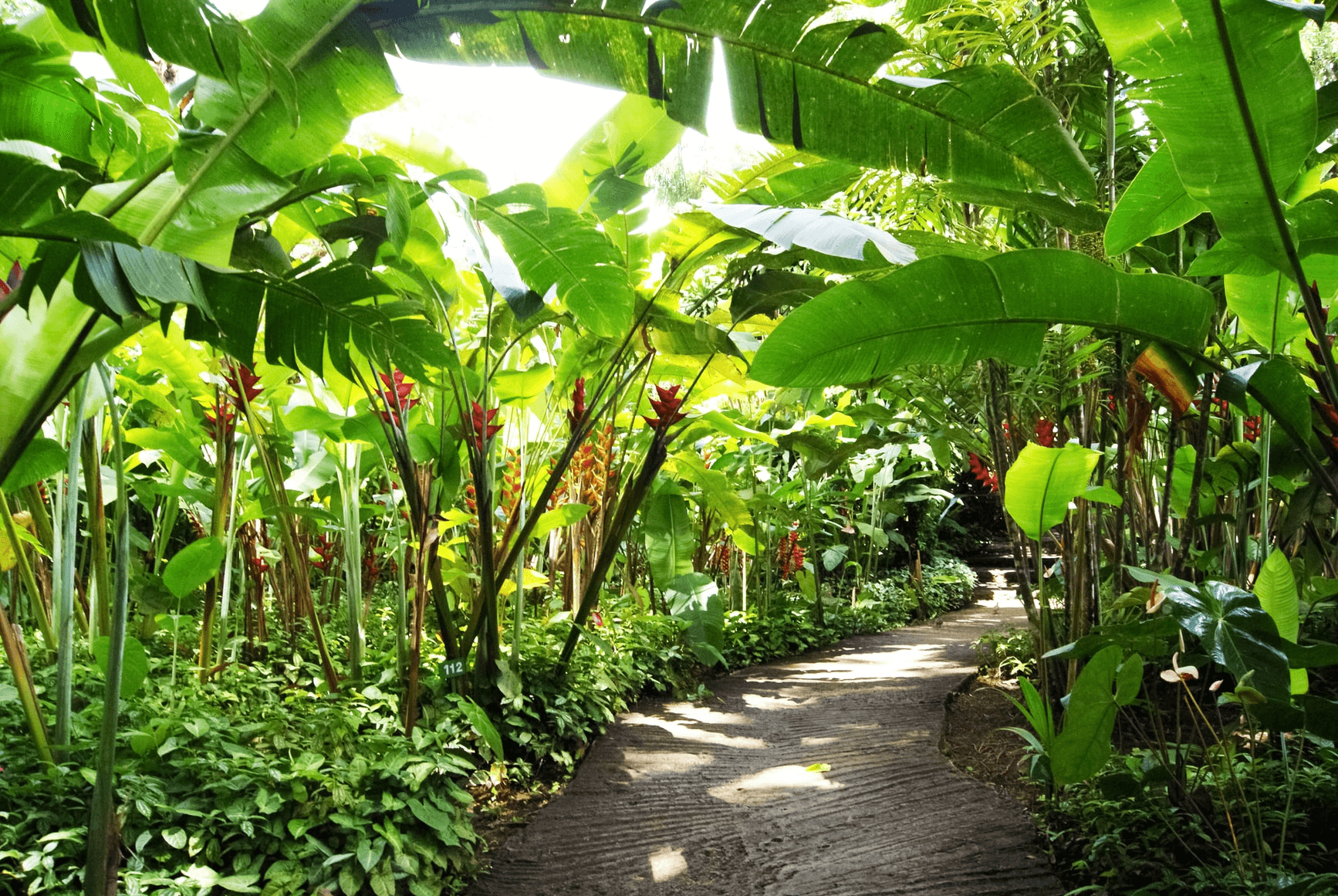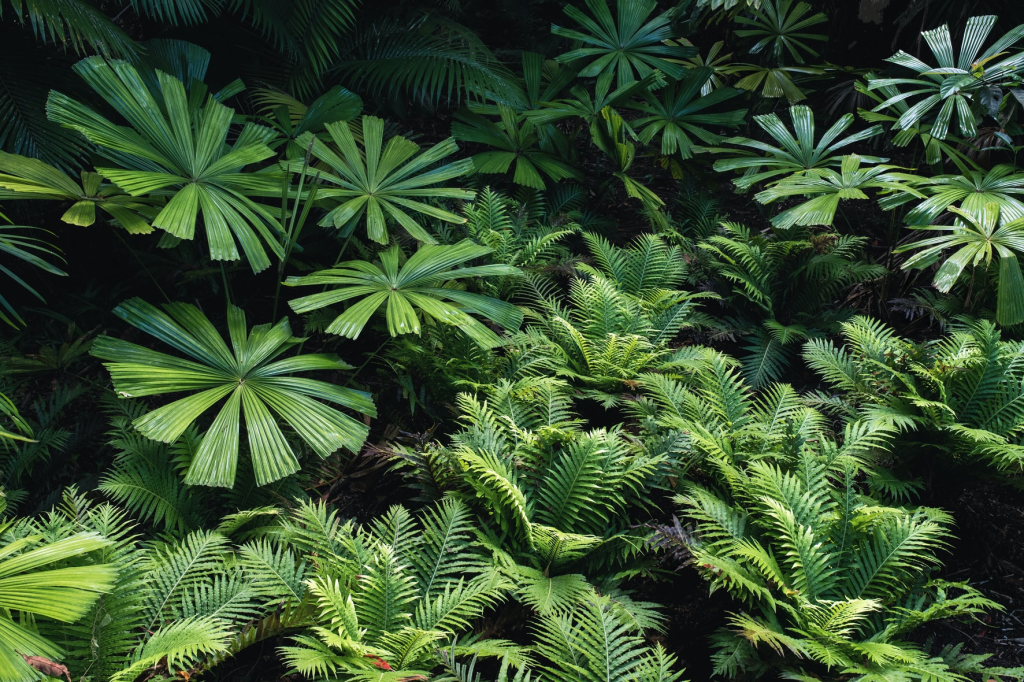Did you know that according to the National Science Foundation, 40% of the earth’s plant species can be categorized as rare? The worst part is that all of them are highly susceptible to climate change!
However, this danger to non-native biodiversity is being lessened by the fact that exotic plants are the next big landscaping trend. They’re mesmerizing, dramatic, and perfect for adding a bold touch to your plots.
Their exotic lushness and striking foliage make for some distinct statement pieces for typical gardens. But since they’re not native to the area, it can be challenging to take care of them.
So, if you’ve been thinking about adding a philodendron or an anthurium to your garden, here are five things that you need to keep in mind before making a purchase:
1. What Kind Do You Want?

The very first thing that you need to think about before buying your exotic plants is: what kind do you actually want? Because there are so many different varieties of outdoor ivy plants available in the market. Some of them are spectacular flowerers while others feature unique and lush foliage.
The best way to choose between flowers and foliage is to understand the kind of look that you want to achieve in the garden. Ask yourself these questions to determine what you’re going for:
- Do you want your outdoors to be colorful or do you want them to be luscious and layered in different shades of green?
- Are you going for a statement corner that features exotic tropicals or are you thinking of designing a centerpiece flower bed?
- Are you looking for exotic plants that will make great landscaping shrubs for the front of the house or are you looking for window-sill alternatives?
It’s good to do some research before you begin the hunt and these questions will help you create a handy checklist of your wants and needs.
Pro tip #1: If you’re leaning towards the flowering exotics side, then you might want to check out Cannas with their sizzling & hot hues, Peacock Tiger Flowers with their quixotic patterns, or even Byzantine Gladiolus with their magenta-bright colors.
Pro tip #2: If you’re more into the fancy exotic leaves, then the Nezealand Flax with its strapping yellow-green leaves, jungle-themed Fatsia Japonica, and the Banana Palm are all pretty good options.
2. Learn About Their Native Habitat

Source:Unsplash
The exaggerated looks of exotic plants may make you dream about being a sophisticated horticulturist, but it’s not as easy as it seems. In fact, these plants require all the care and attention that you can spare. This is why you need to do research about all the things that your exotic plant might require once you bring it home. Here’re some of the basics:
- Native climatic conditions: The main attraction of exotic plants is that they’re non-native to the region, but this also means that you need to understand their indigenous climatic conditions to accommodate good growth. Some of these plants thrive in dappled sunlight while others are more of shade residents. If you put a shady plant in full sunlight, it’s simply going to wither and die and vice versa.
- The kind of soil: Secondly, you need to understand the native soil conditions of these exotic plants and adjust your garden bed accordingly to stimulate their growth. Some of these plants enjoy peaty soil while others require a bit of sand in the mix. Remember: these plants thrive when they’re affixed in loose jungle soils with good drainage. They wilt if the roots are wet for too long, so avoid cloggy, poor-draining soils at all costs.
- Extreme weather: Thirdly, you might need to do extra research on the native habitat of your desired exotic plant if you live in extreme climatic conditions. Too much cold/snow or sun might stunt their growth, so check with a professional before buying it.
3. Watering Habits

Source: Hoselink
Every exotic plant has its own watering habit. You cannot apply the generalized rule of “water when the top 1-inch of the soil is dry” to all of these plants. If you’ve decided on what kind you’re going for, then you’ll need to dig into the kind of watering habits it might require and understand them thoroughly before you make the purchase.
Just as an example, orchids, a flowering exotic plant specie, absolutely hates to be fussed over. They require very little watering as their aerial roots suck the moisture from the air. In contrast, fiddle leaf figs require moist soils in order to thrive.
Pro tip: you need to invest in good watering tools for your exotics to thrive. In order to avoid spending unnecessary time and energy on your gardening efforts, you should buy the tools that will help minimize your efforts while delivering the best results. Retractable garden hoses have become a popular watering tool because of their easy to tidy up and portable designs. Other than that, stationary sprinklers with various watering presets and garden irrigation kits are also handy options.
4. Accompanying Plants

Source:Unsplash
Rather than solitary confinement, planting an exotic is a group effort that requires you to think ahead in the landscaping department. It’s important to know what other types of foliage or flowers you would need to surround your exotic plant with in order to deliver the best aesthetics. It’s best to plan ahead, or you’ll just end up making your new purchase feel lonely and aesthetically unpleasant.
This is where layering comes in. You basically select the exotic plant you want, study its length, form, and structure, then pick out other plants that might complement it. For example, the outdoor fiddle leaf fig is tall and strapping, so it’s best to pair it with low-height perennial shrubs.
You can even go full-out and design your very own jungle-style landscape. For this, you’ll have to choose tall exotic trees whose foliage will create a dappled shade for the plants that you’ll be growing underneath. Vines like pothos and money plant are always a good accompaniment for the trunks. Pair them with mid-growing shrubs and cap things off with low-growers for the best visual effect.
5. Landscape Elements For Your Exotic Garden

Source:Unsplash
Once you’ve decided the kind of exotic plants that you want, where you’ll be planting them, and how you’ll layer them with other plants, it’s finally time to choose the various landscape elements that you’ll want to introduce next to them.
This is where you can let your artsy side run wild. For example, a classical fountain might really set the scene for some hothouse flowers while a small natural pond might work well for something like calla lilies and orchids. You can also choose your pick from various hardscape features like flagstone pathways, cobbled boundaries, and other decorative stone features.
Stay in trend with your tropical garden
That said, urban and courtyard gardens with stunning exotic plants are becoming an increasingly trendy phenomenon on Instagram. Since a set reserve of these plants do really well in colder climates, homeowners have been experimenting with growing them in smaller spaces.
Paired with lovely outdoor lighting fixtures and accessories, tropical plants have certainly carved a permanent little niche in homeowners’ and apartment dwellers’ hearts alike.
__________________________________________________________________
Annie Morton is an avid nature lover from rural Australia. After some international adventures, she has settled in New York City. If you have any questions about the Hoselink Retractable Hose Reel, she is the person to talk to.

